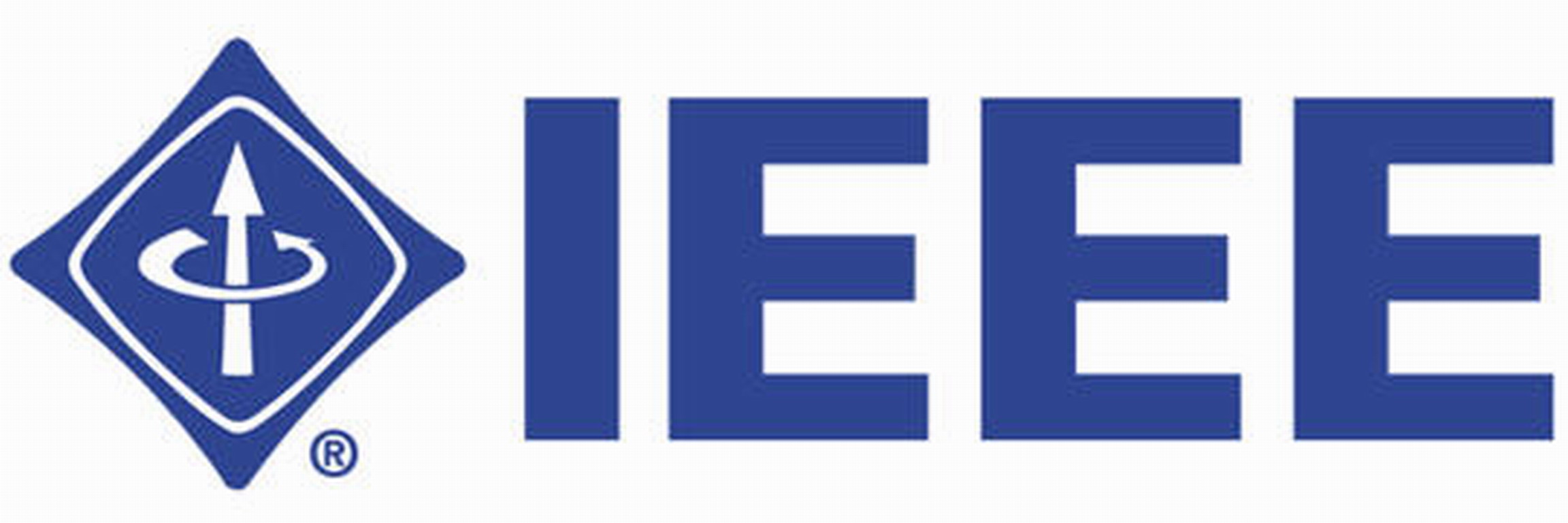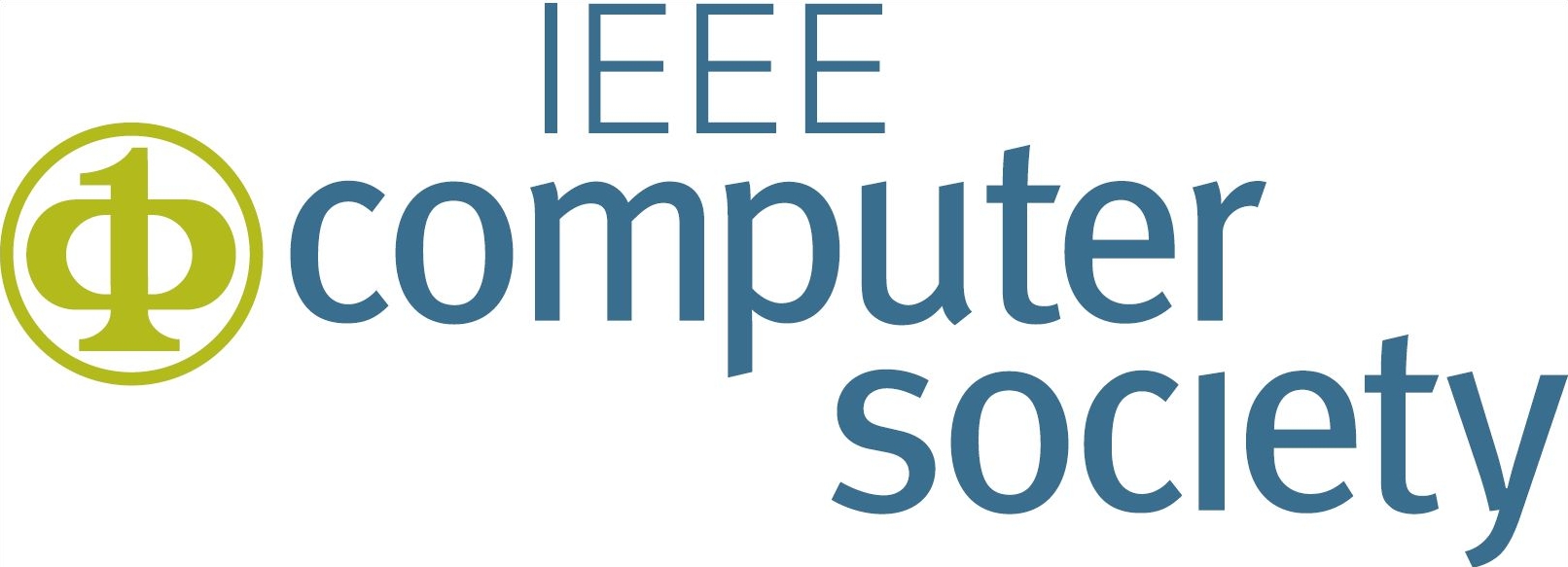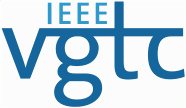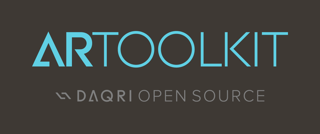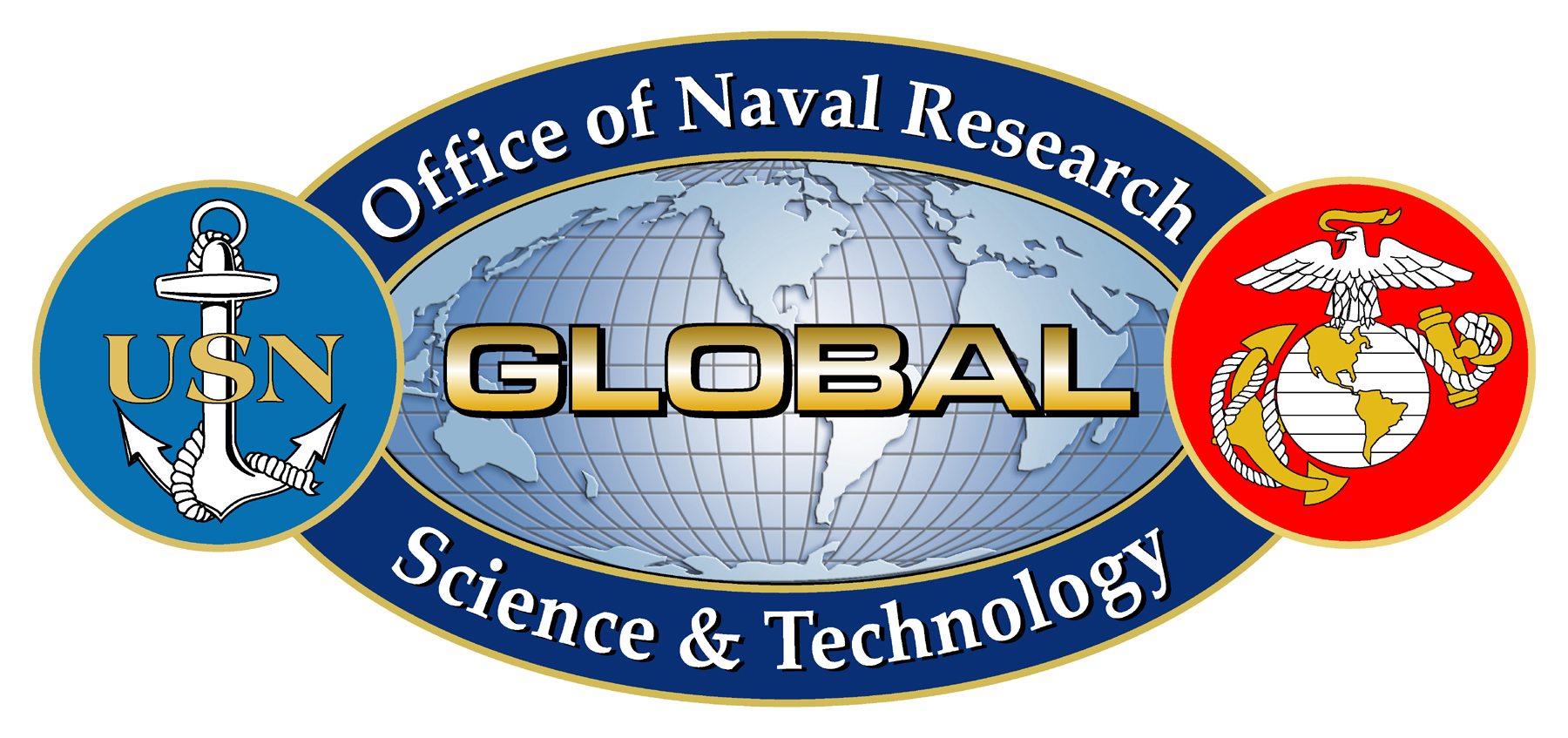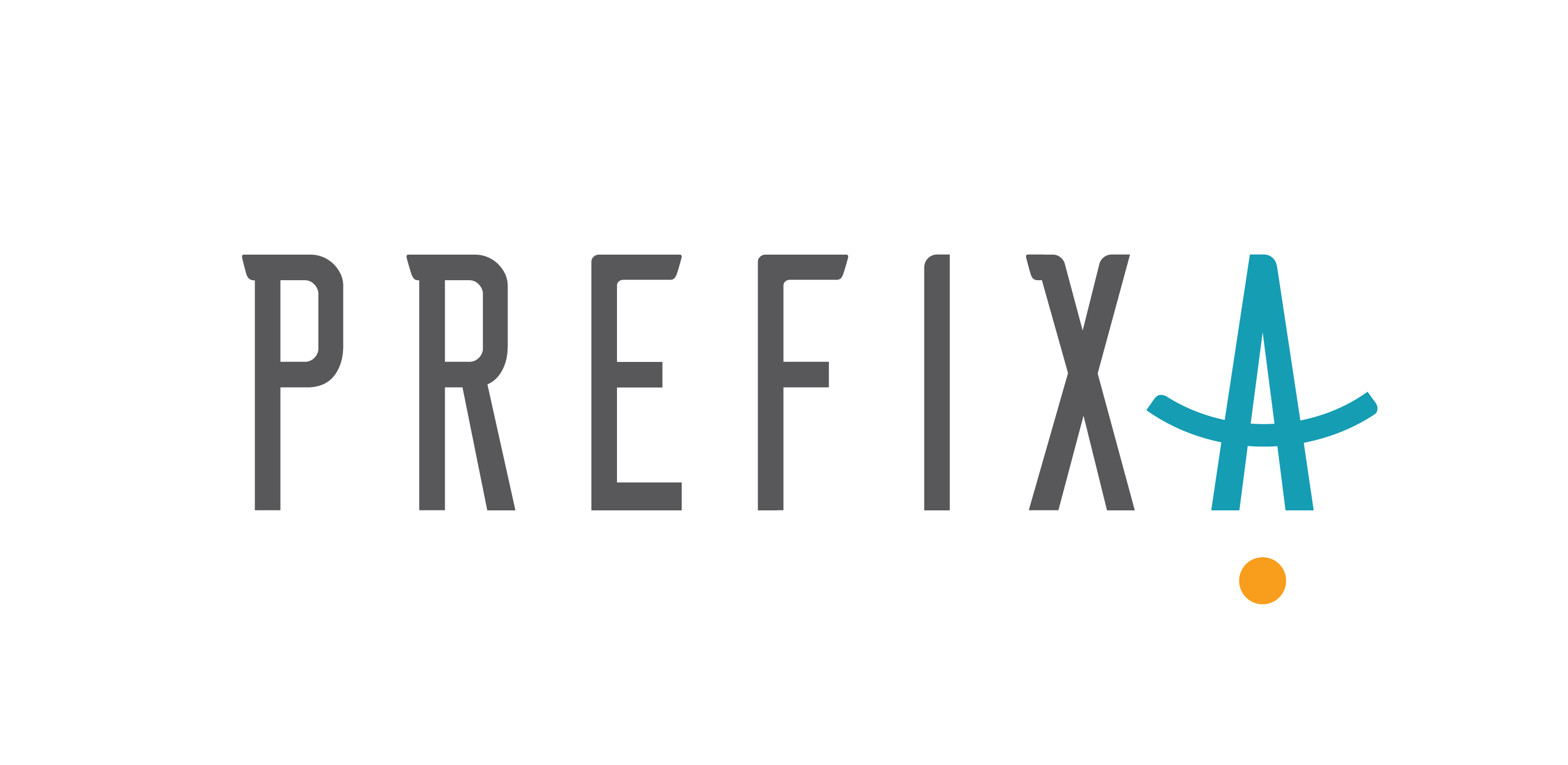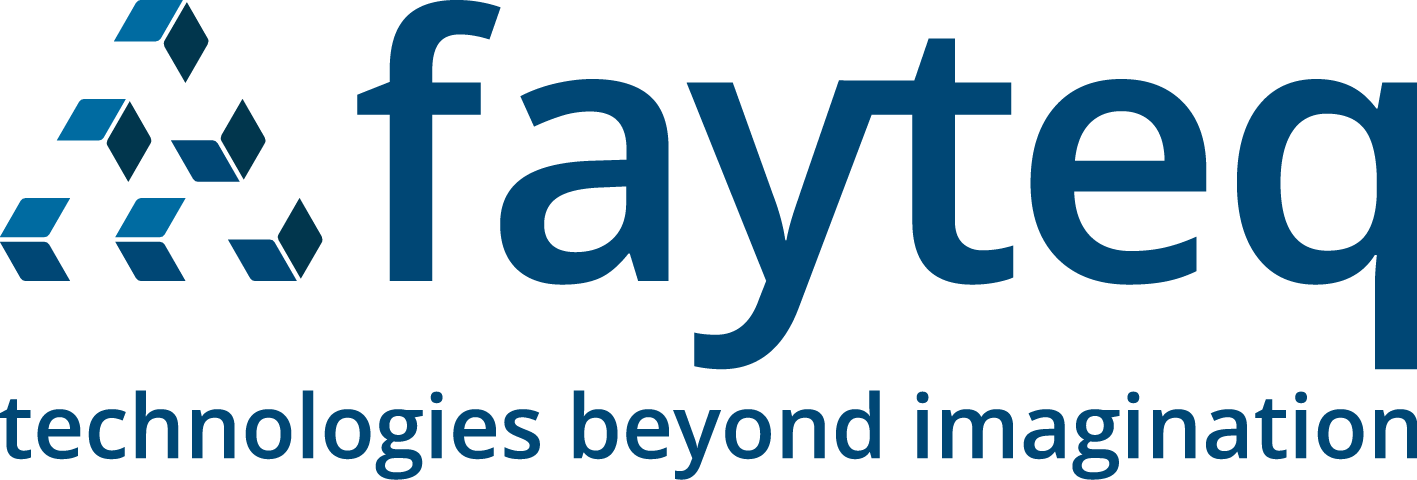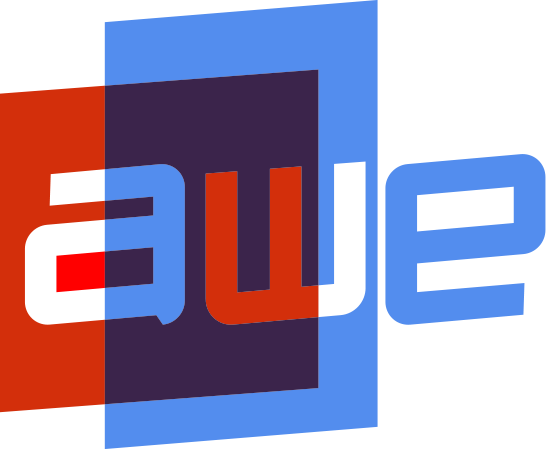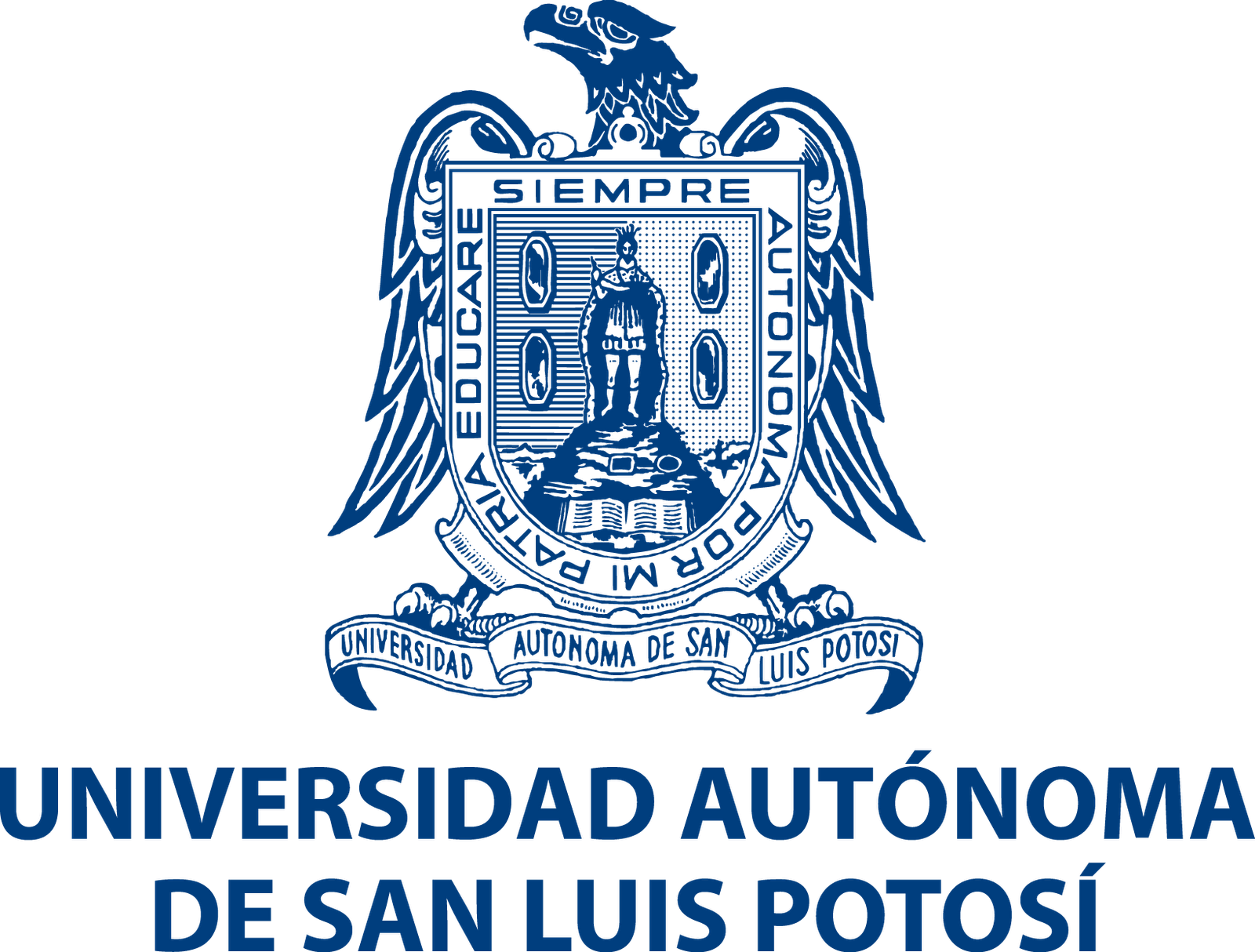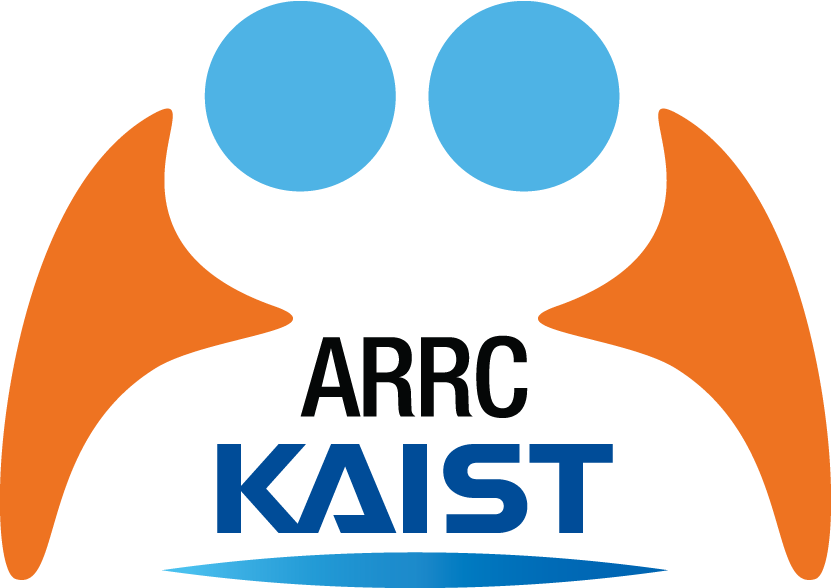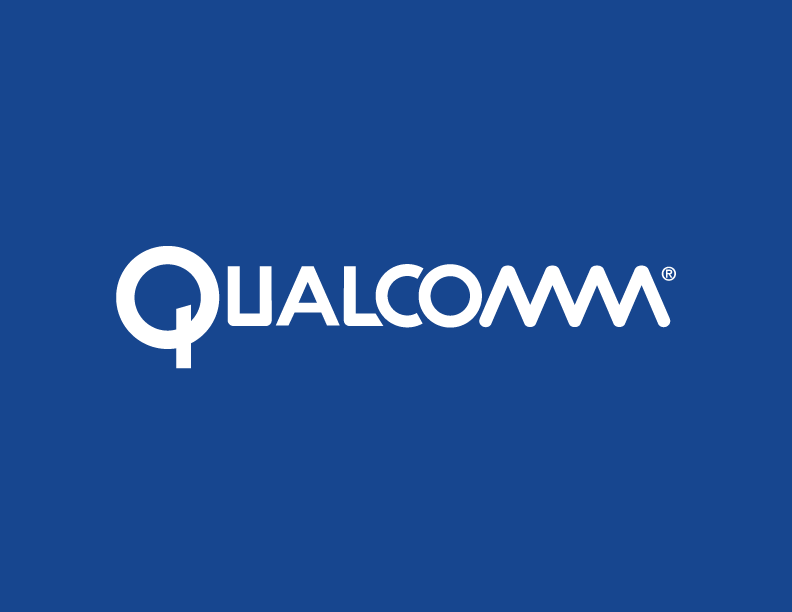Tutorials
T1: Daqri ARToolKit
Organizer
Ben Vaughan (daqri.com)
Website: http://artoolkit.org/
T2: Augmented Reality - Principles and Practice
Organizer
Dieter Schmalstieg (Graz University of Technology)
Tobias Höllerer (University of California, Santa Barbara)
Website: http://www.augmentedrealitybook.org
Abstract
This tutorial will provide a detailed introduction to Augmented Reality (AR). AR is a key user-interface technology for personalized, situated information delivery, navigation, on-demand instruction and games. The widespread availability and rapid evolution of smartphones and new devices such as Hololens enables software-only solutions for AR, where it was previously necessary to assemble custom hardware solutions. However, ergonomic and technical limitations of existing devices make this a challenging endeavor. In particular, it is necessary to design novel efficient real-time computer vision and computer graphics algorithms, and create new lightweight forms of interaction with the environment through small form-factor devices. This tutorial will present selected technical achievements in this field and highlight some examples of successful application prototypes.
T3: Microsoft Hololens
Organizer
Alejandra Gonzales (microsoft.com)
Website: https://www.microsoft.com/microsoft-hololens/
Workshops
WS1: 2nd International Workshop on Diminished Reality as Challenging Issue in Mixed and Augmented Reality (IWDR2016)
Organizer
Hideo Saito (Keio University)
Fumihisa Shibata (Ritsumeikan University)
Hideyuki Tamura (Ritsumeikan University)
Shohei Mori (Keio University)
Website: http://www.rm.is.ritsumei.ac.jp/IWDR2016/
Abstract
While Mixed and Augmented Reality (MR/AR) means technologies that add and/or overlay visual information onto images of real scene for providing users to enhance their visual experiences with the added/overlaid information, Diminished Reality (DR) aims the similar enhanced visual experiences by deleting visual information from the images of real scene. In this workshop, IWDR, the topics of interest are technical issues for DR, such as recovery of hidden area, detecting and tracking the object to be removed/diminished, tracking camera poses, illumination matching and re-lighting, etc. In addition to those technical issues for DR, examples of applications of DR, expected futures with DR, and human factors of DR are also included in the topics of interest of this workshop.
In ISMAR2014, we have organized the tutorial on diminished reality, which is followed by the success of IWDR2015, a workshop in ISMAR2015, which have a significant number or participants (http://www.rm.is.ritsumei.ac.jp/IWDR2015/). IWDR2016 will be expected to attract a lot of people in ISMAR2016, so that we can have meaningful meeting in ISMAR2016.
WS2: Media, Arts, Social Sciences, Humanities & Design (MASH’D)
Organizer
Jorge Ramirez (ANEMONAL)
Julian Stadon (Salzburg University of Applied Sciences)
Thomas Sanchez (MIT Media Lab)
Website: http://www.anemonal.digital/
Abstract
ISMAR 2016 will cover the full range of technologies encompassed by the MR continuum, from interfaces in the real world to fully immersive experiences. This range goes far beyond the traditional definition of AR, which focused on precise 3D tracking, visual display, and real-time performance.
MASHD would like to invite contributions from areas fundamental to this mixed and augmented reality, particularly in the fields of digital media, art, social sciences, humanities and design. Now effectively in its seventh year, this separation of the conference was established to allow for a more specific focus on areas relating to creative production in mixed and augmented reality environments, both for entertainment and for more meaningful endeavors. This year sees the integration of MASHD into the main program, however we will provide a small series of separate workshops during the conference. MASHD workshop will be celebrated the 22 of September with the possibility to extend to September 23. Participants will be able to attend with the option of day passes, as well as full registrations for the whole ISMAR week from the 19th to 23rd September).
The 15th ISMAR brings new horizons to the community as it is the first in the series to be held in Latin America, responding to the recent explosion of commercial and research activities related to AR, MR, and Virtual Reality (VR) by continuing the expansion of its scope.
WS3: Workshop on Collaborative Mixed Reality Environments (CoMiRE)
Organizer
Stephan Lukosch (Delft University of Technology)
Leila Alem (Thoughtworks)
Mark Billinghurst (University of South Australia)
Steven Feiner (Columbia University)
Kiyoshi Kiyokawa (Osaka University)
Michael Prilla (Clausthal University of Technology)
Website: https://comire16.wordpress.com/
Abstract
The world is becoming more complex and problem solving often requires teams of experts to work together at the same or from different locations. To support this there is a need for collaborative tools, and a variety of teleconferencing and telepresence technologies have been developed. However, most of them involve some variation of traditional video conferencing, which has limitations, such as not being able to effectively convey spatial cues or share the user’s task space. This workshop will focus on how these limitations can be overcome by using Mixed Reality (MR) technology, leading to the development of radically new types of collaborative experiences.
Mixed Reality (MR) environments are those that present real world and virtual world objects together within a single display, encompassing Augmented Reality (AR) and Augmented Virtuality (AV), as well as Virtual Reality (VR). With Augmented Reality, virtual data is spatially overlaid on top of a live view of the real world. Augmented Virtuality (AV) refers to the merging of real world objects into a virtual world. Virtual Reality replaces the user’s real environments with a computer-generated 3D virtual world and lets the user interact in that world. MR environments can be used to merge the shared perceived realities of different users, as well as enrich each user’s own individual experience in a collaborative task. However, despite the potential that MR has for collaborative applications, MR research often focuses on individual usage and more exploration needs to be done on the potential of MR for creating innovative collaborative experiences.
This workshop will bring together researchers who are interested in developing collaborative MR systems. We will build a picture of current and prior research on collaboration in MR, as well as set up a common research agenda for work going forward. This, in turn, can be used to grow the research community.
WS4: Standards for Mixed and Augmented Reality
Organizer
Gerard J. Kim (Korea University)
Website: https://dxp.korea.ac.kr/ismar2016-workshop-standards/
Abstract
Mixed and augmented reality (MAR) is on the brink of large-scale consumer level commercialization. For MAR to succeed and proliferate as an information media and new contents platform, standards will be necessary so that MAR system components can easily be plugged in and contents shared and interoperable. The workshop will be an arena to discuss and lay a foundation to many issues of standardization for MAR, including (but not limited to): proper subareas for standards and abstract levels, physical and environment object representation, content file format, standard calibration process, augmentation and display style standards, standards for non-visual and multimodal augmentation, object feature presentation, benchmarking, etc.
Despite its importance, there has been very little discussion of standards for MAR, especially from the academics and research community. It is critical that standards for MAR be developed on a sound basis with input from the academia and research community, for it to be correct, comprehensive, effective and extendible for the future.
Standardization for MAR is being pushed through few organizations, such as the ISO (International Standards Organization), OGC (Open Geospatial Consortium) and by privately organizations such as the Perey Associates. Such movements reflect the recent rise in the interest in AR and the large commercialization efforts. However, there are so many areas to cover and the efforts are still limited by the lack of areal experts.
WS5: Workshop on Human Behavior Analysis and Visualization for Collective Visual Sensing
Organizer
Hideo Saito (Keio University)
Yuta Itoh (Keio University)
Maki Sugimoto (Keio University)
Website: http://www.hci.iis.u-tokyo.ac.jp/~cvs/ISMAR2016-CVSWorkshop
Abstract
This workshop features Collective Visual Sensing (CVS), a developing research area that aims to understand group attention and activities by analyzing information gathered from multiple wearable devices, such as wearable cameras and eye trackers.
Understanding user's’ gaze information has become a blazing topic in VR/AR community along with the recent growth of wearable display systems. Some existing systems already enable us to shoot objects by “looking” in a VR world. Not only explicit directive information, gazes contains users’ implicit attention and behaviors. In the future, such systems would readily allow us to measure “what users want to do” by analyzing their gazes. Furthermore, we foresee that interactions among users in VR/AR environments will drastically change by utilizing collective visual sensing, i.e. analyzing the gaze of multiple users in a shared workspace.
To foster this upcoming research topic, this workshop focuses on: (1) developing technologies for extracting measurements through the use of collective visual sensing, (2) developing technologies for understanding group activities and intent, and (3) building assistive systems based on developed technologies for various applications in collaborative workspaces.
WS6: Perceptual Issues in Augmented Reality
Organizer
Guillaume Moreau (Ecole Centrale Nantes)
Yue Liu (Beijing Institute of Technology)
Website: https://sites.google.com/site/ismarhrforar/
Abstract
Augmented reality (AR) is a live direct or indirect view of a real-world environment whose elements are augmented by computer-generated sensory input such as sound, video, graphics or GPS data. With the help of advanced AR technology, the information about the surrounding real world of the user becomes interactive and digitally manipulable and artificial information about the environment and its objects can be overlaid on the real world. Natural, portable and efficient AR system can be implemented by combining human computer interaction (HCI) realized with gesture inputs and wearable computing based on 3D see-through head mounted display, which possesses great application potentials. However, there are currently many human factor problems associated with AR technology. For instance, it involves the perception modeling and display quality forecast of 3D complex scenes; it requires the integration mechanism of the wearable computing devices and the HCI methods as well as the ergonomics analysis; and it suffers from the comfort evaluation and the setup of AR system.
A few papers were dedicated to human factors issues those last years in ISMAR as well as in related conferences such as IEEE VR, we strongly believe that with the democratization of AR technologies, the interest will increase. The goal of this workshop is to review the challenges of human factors in AR and the available methods that aim at solving some of those challenges and to give the audience an overview of the variety of the existing and yet to invent evaluation approaches. Beyond the classical presentations and discussions of a workshop, a particular goal of this workshop is the production of a collective document (in a publishable form?) about remaining challenges of human factors in AR. The second output will be a website including challenges, solutions to this challenges and applications pages.
This workshop aims at gathering researchers that aim at developing natural, portable and efficient AR system or who want to extend their knowledge about the human factor issues in AR. Practitioners of the field are also welcome to acquire knowledge of what is currently being done and what could be done in a near future. One of the goal of this workshop is also to be inter-disciplinary by mixing researchers in computer science, psychophysics and ergonomics.
WS7: Interaction Design Principles of Augmented Reality focusing on the Ageing Population
Organizer
Chris Roast (Sheffield Hallam University)
Elizabeth Uruchurtu (Sheffield Hallam University)
Sha Liang (Sheffield Hallam University)
Website: https://ismardesignprinciples.wordpress.com/
Abstract
Augmented Reality is becoming a mature and robust technology, which combines virtual information with the real environment and real-time performance. Research priorities have shifted from tackling hardware and software issues toward the design of AR effectiveness and usefulness. With the growing ageing population, evidence shows potential trends for AR systems to support the elderly, including transport, home activities, entertainment and training. However, there is a lack of research to provide frameworks to support designers when developing AR applications for specific populations – in this case the ageing population. In this workshop, we intend to explore AR design principles in this challenging and relevant area.
Despite the relative success and acceptance of AR technology and ‘solutions’ the value of a framework to support design is important in establishing core factors that underpin AR, and in doing so helps explore the space of alternative and innovative solutions.
Globally, the ageing population is growing rapidly and presenting new challenges for society. The impairments of age, include: mental and physical deterioration, memory loss, and sensory degradation; these in turn impact upon health, mobility and quality of life. AR and related technologies have a high potential to address these challenges. Conference participants should be interested in how the needs of this significant population can be effectively addressed through productive and informed design processes.
The workshop aims to bring together experts in the fields of ageing, health and AR design and development. The proposed workshop is timely because it addresses the current crisis in meeting the needs the ageing population. This is a significant real world challenge for technology design and development. The workshop will provide a foundation for developers to identify approaches towards effective user engagement, innovation and design for this vulnerable group.

